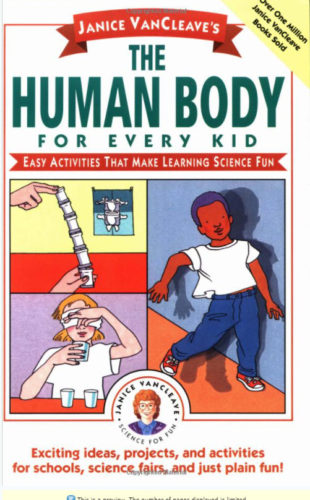QUESTION: Why does my backbone bend?
ANSWER: All the bones of your body make up the skeletal system. This system provides the framework that allows you to stand upright and protects delicate internal body parts. An adult has about 206 bones. The number of bones varies from person to person because of the differences in the number of small bones in the hands and feet. The bones are distributed in this way: skull, 29; spine, 26; ribs and breastbone, 25; shoulders, arms, and hands, 64; pelvis, legs, and feet, 62. The central support for your entire body is your spine. It is made up 26 linked bones, called vertebrae, which become progressively larger down your back.
Because the vertebrae are not permanently attached together, you can lean and bend in different directions. Between each pair of vertebrae is a disk of cartilage (stiff, gristle-like supportive material) that acts as a shock absorber. Without this flexible disk, the vertebrae would grind together and you would not be able to turn, twist, or bend your torso without pain and damage to the vertebrae.
There is a hole in the back of each vertebra. These holes create a passage called the spinal canal, through which the nerves of the spinal cord are threaded. The diagram compares a model of the spine with real parts of a spine.

DISCOVER FOR YOURSELF
You can create a model of the spine to prove its flexibility. Do this using sewing spools, 2 small, 2 medium , and 2 large empty thread spools. (FYI:Thread on the spools will not affect the results and you can use more spools just for fun.).
1. Cut circles from cardboard or poster board to represent disc between the spools.
- Cut 2 large circle by placing the flat end of one large spoon on the cardboard. Trace around the base of the spool, and then cut out the tracing.
- Repeat this procedure cutting 2 medium size circles using a medium spool, and 1 small circle using a small spool.
2. With a paper hole punch, cut a hole in the center of the paper circles.
3. Cut an 18-inch (45-cm) piece of string (narrow ribbon or yarn will work). Thread one end of the string through the hole in one of the large spools, then using transparent tape secure the end of the string to the bottom of the spool.
4. Thread the free end of the string through the hole in one of the large cardboard circles. Add the second large spool to the thread, followed by the second large cardboard circle.
5. Add the medium size spools and the medium cardboard circles alternately.
6. Add the small cardboard spools to the string, with the small cardboard circle between them.
7. Tape the free end of the string to the end of the small spool.
8. Stand the column of spools on a table, with the large spool on the bottom.
9. Holding the bottom spool on a table, push the top spool about 2 inches (5 cm) to one side. Repeat this step several times, pushing the top spool in different directions.
Notice how flexible the stack of spools are. Like your spine, the spools can bend in every direction.
Do you have another way to model the vertebrae of a backbone? If so, please share your ideas.
Human Body for Every Kid
The activities in this book, you’ll find out how your lungs supply air to your blood and your heart pumps blood throughout your body; how your body sees, hears, feels, smells, and tastes the world around it; how you lose and regain up to five pounds of skin every year; and much more. Most of the materials you need are already part of you; the rest you will easily find around the house or classroom.
(Paid Link)
